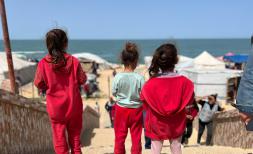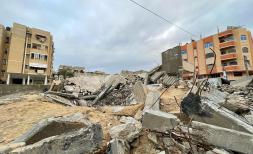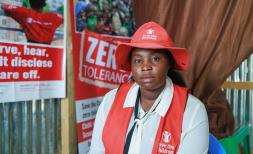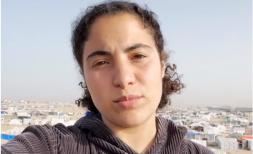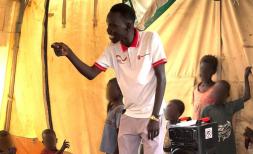Behind the pretence of safety: How children across the whole of Gaza have nowhere safe to go
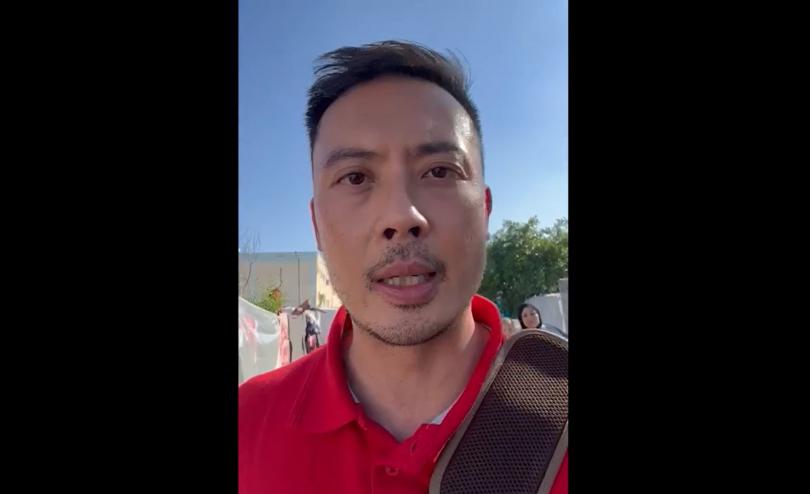
I have spent the last five days in Gaza, where I’ve witnessed a dire situation becoming catastrophic.
Whilst visiting a shelter in the south I met a displaced family desperate to find milk for their young baby, whose mother had died, buried under rubble. I met children who were queuing with hundreds of others for one toilet. I met colleagues working heroically to provide assistance in a shelter where they themselves sought refuge. These stories of untold suffering are sadly the norm in Gaza, where 1.8m people – almost 80 percent of the population – are now homeless and seeking refuge wherever they can.
{cta | Children are always the first to suffer in any conflict. <span class="text-primary">Your support is urgently needed</span>. | https://donate.savethechildren.org/en/donate/children-crisis-donate-child-emergency-fund | Donate now
The seven-day pause in fighting provided some relief for families, enabling them to look for food, to look for loved ones, to take a break from the relentless bombardments. But this was short lived.
As humanitarians, we worked tirelessly to bring in more trucks, to get critical supplies to the hundreds of thousands of people still in the north, and to distribute to the children and their families seeking refuge in the shelters. Yet, this was still insufficient to meet the needs of the 2.3 million people who need life-saving assistance.
As the news spread early Friday morning that the pause was over, hopes of a definitive ceasefire turned to despair. Once again ambulances were transporting casualties to the hospital, and already displaced families were ordered to move once again.
To move to areas that cannot accommodate them.
To move to areas that do not have adequate infrastructure like water and sanitation, shelter or access to basic services.
To move when there are ongoing airstrikes, shelling and fighting. And through roads so badly damaged and littered with debris of fallen buildings that travelling with the elderly, sick or people with disabilities is all but impossible.
To move to areas that are not safe. Because the reality is that nowhere is safe in Gaza.
Rather than ensuring the safety and survival of families, this order presents families with the inconceivable choice of one death sentence over another. What I’ve seen and heard this week in Gaza confirms that there is no such thing as a safe zone. It is also against humanitarian international law to forcibly displace a population.
A young child might not understand what is happening, but they see the destruction around them. They see when their homes, schools and communities are destroyed. They hear everything that is happening around them, the air strikes, the cries for help. And they feel the terror, the insecurity and the helplessness.
Humanitarians are driven to do all that we can to protect the rights and preserve life of all civilians, especially children. We are guided by humanitarian principles to protect the most vulnerable and protect humanity. The anticipated expansion of military operations in southern cities like Khan Younis would have catastrophic humanitarian consequences for children, compounded by the current restrictions and impediments that prevent us from doing our job.
We cannot stand by and idly watch the horror in Gaza unfold. The international community must uphold international law, the global rules-based order that was designed to prevent the very violations that we are witnessing.
There is only one right thing to do: a definitive ceasefire to protect all civilians, and unfettered access for humanitarians to deliver assistance to all children in Gaza. The failure for us to do so, would be at the cost of the lives, hopes and futures of all children in the region, condemning them to be trapped in a continuous cycle of violence.
